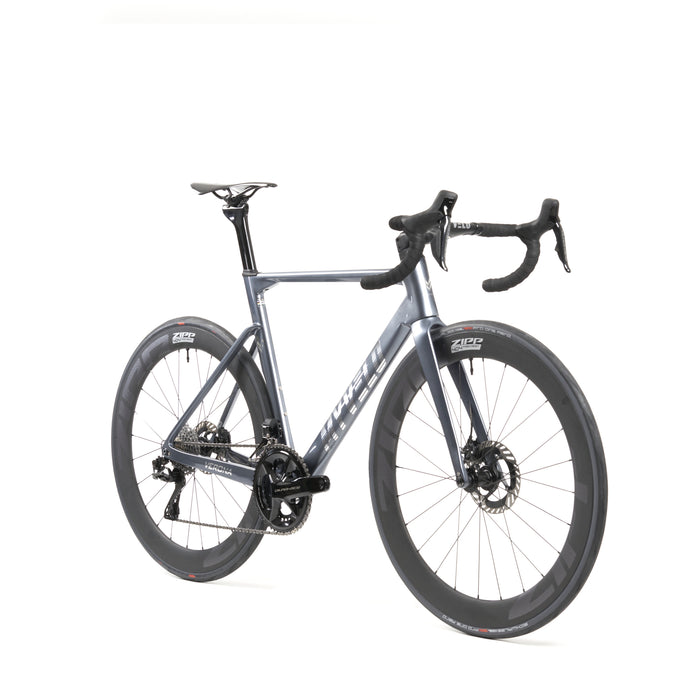MYVELO Verona vs CANYON Aeroad
The MYVELO Verona and the CANYON Aeroad both stand for speed, precision and riding fun. But which bike is better suited to your individual needs?
In this comparison, we take a close look at the strengths and weaknesses of both models - from geometry to material to performance on the road. Which bike will get you to your destination faster?








































 Ridden by our ProTeam
Ridden by our ProTeam










